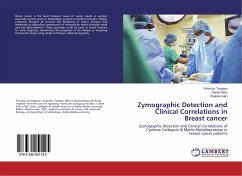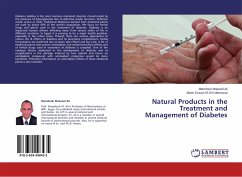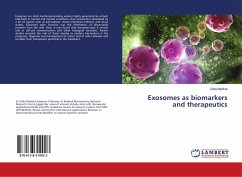Cancer is caused by damage of genes which control the growth and division of cells. Detection/diagnose/treatment is possible by confirming the growth of the cells and treated by rectifying the damaging mechanism of the genes or by stopping the blood supply to the cells or by destroying it. Conventional detection of the cancer is done by observing the physical growth/changes in the organ by X-rays and/or CT Scans and is confirmed by biopsy through cell culture. However, the limitation of these methods is that these are not very sensitive and the detection is possible only after substantial growth of the cancerous cells. Also, the conventional treatment options of cancer are surgery, radiation therapy and chemotherapy. However, all these methods have their own limitations due to their severe side effects. Nanoparticles (NP) being of a few of nano meters size and the cells being of the size of few microns, NP can enter inside the cells and can access the DNA molecules/Genes and therefore, there is a possibility that the defect in the genes can be detected. In this context, the details of these possible detection/ diagnose/ treatment methods of nanotechnology are presented.
Bitte wählen Sie Ihr Anliegen aus.
Rechnungen
Retourenschein anfordern
Bestellstatus
Storno








